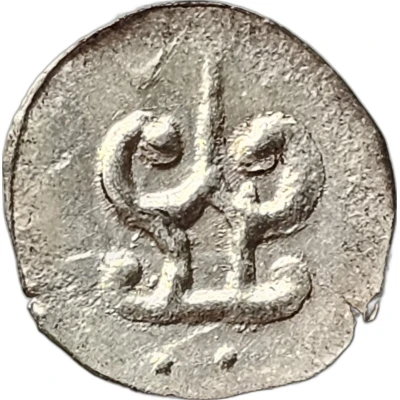


© Micheal Linke
1⁄100 Unit Mi-Chen
| Silver (.980) | 0.10 g | 9.5 mm |
| Issuer | Myanmar (ancient) |
|---|---|
| Type | Standard circulation coin |
| Years | 300-800 |
| Composition | Silver (.980) |
| Weight | 0.10 g |
| Diameter | 9.5 mm |
| Shape | Round (irregular) |
| Technique | Hammered |
| Orientation | Medal alignment ↑↑ |
| Demonetized | Yes |
| Updated | 2024-10-10 |
| Numista | N#388045 |
|---|---|
| Rarity index | 95% |
Reverse
A Srivatsa throne
Comment
The coinage of Mi-Chen, in modern day Myanmar, but circulated in the region covering present day southern Myanmar and western and southern Thailand which circulated from thr 4th to 9th centuries. These coins had a very high silver purity, 98%, and had a variety of designs. The Srivatsa throne being most prominent, though the Bhadrapitha throne is also depicted alone in some variants. The AR ratti, or 1/100 Unit has a weight variation of 0.21g on the high end and 0.07g on the lowest.
Interesting fact
One interesting fact about this coin is that it was used as a form of currency in ancient Myanmar, specifically during the reign of King Anawrahta in the 11th century. It was made of silver and weighed 0.10 grams, which was a significant amount for a coin at that time. Despite its small size, it was a valuable and widely used currency in the region, and it remains an important piece of history for collectors and historians today.